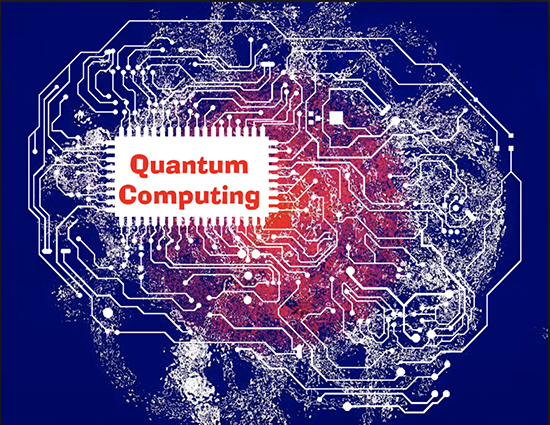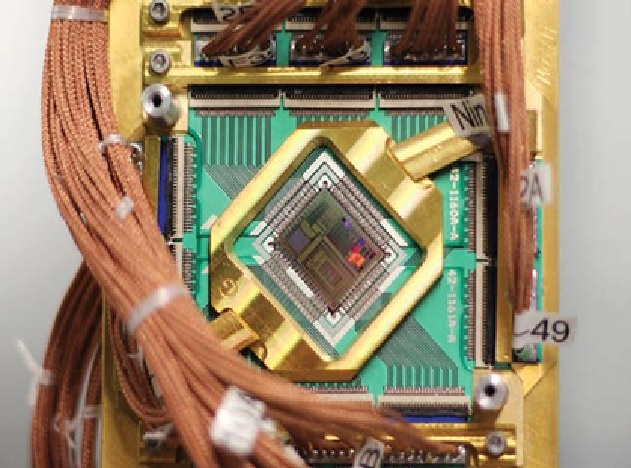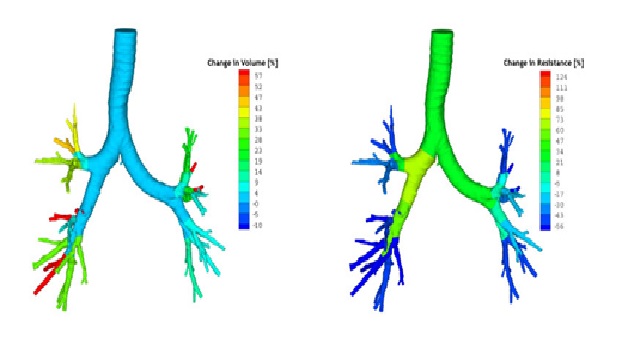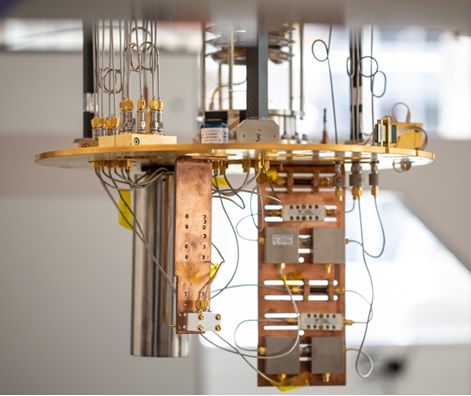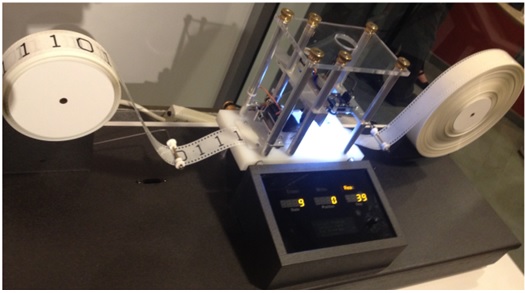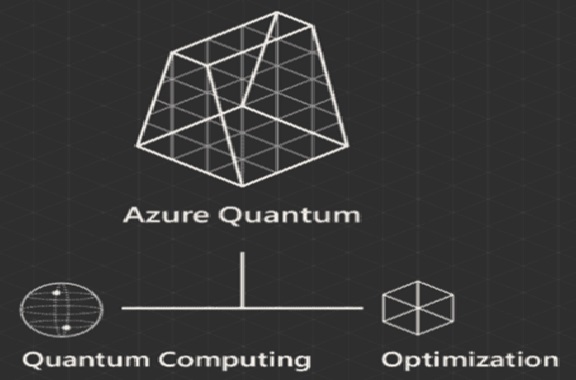Quantum Computing using Qiskit
Qiskit is an open-source SDK for working with quantum computers at the level of pulses, circuits and application modules. The framework accelerates the development of quantum applications by providing the complete set of tools needed for interacting with quantum systems and simulators. Using this framework, you can study and reduce the impact of noise using built-in modules for noise characterization and circuit optimization. You can also execute code on multiple quantum hardware architectures, from superconducting qubits to trapped-ions and access a rich set of well-studied circuits, which can be used as benchmarks, building blocks in more complex circuits, or as a tool to explore quantum computational advantage.[1]
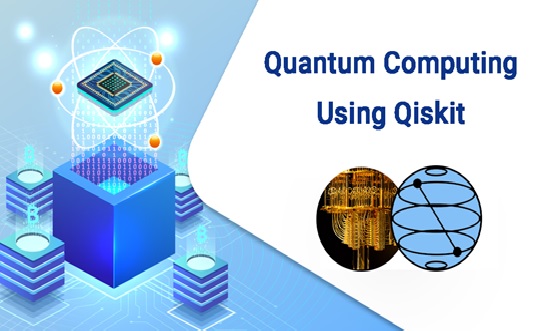
Figure 1. Quantum computing using qiskit
Figure 1 shows Getting started with Qiskit - Very basic thing about Qiskit is that it works in two stages. One of the stages is the build stage, where we make different quantum circuits and, using those circuits, we reach the solution. Then, after completing the building part or reaching the solution, we go into the next stage, which is called execute stage, where we try to run our build or solution in the different backends (statevector backend, unitary backend, openQASM backend) after completing the run we process the data in the build for desired output.
Quantum circuit
Quantum circuits can be considered the flow of sequential computation on quantum data, or we can call a quantum circuit the sequence of quantum gates. The basis of quanSo the computing is quantum circuits.
The quantum stack
QISKit is the software that sits between quantum algorithms from one side, and the physical quantum device from the other. It translates common programming languages like Python into quantum machine language. This means anyone outside of the IBM Q lab can program a quantum computer.
QISKit is an excellent educational tool to develop intuition about concepts in quantum information. It can also be an avenue to do science, ensuring that quantum devices can reliably be used by a diverse audience, and improving reproducibility of results. Through this wide access, we hope to also foster a community that can discover new methods and breakthrough applications.
There’s still a large gap between the computational resources available on current hardware versus the resources required for some of the oft-promised applications of quantum computers, such as integer factoring and molecule simulation. Research is progressing rapidly on how to increase the on-chip computational resources (i.e. number of qubits, fidelity of gates, and coherence time), and to design less resource-intensive applications (e.g. short-depth circuits). QISKit is a third axis to this effort, giving us a venue for managing resource overheads and to tailor applications for specific devices. With QISKit, developers might not have to wait years for more powerful hardware to emerge, or for the holy grail of fault-tolerant computation.[3]
References:
- https://analyticsindiamag.com/top-quantum-computing-project-ideas-in-2021/
- https://analyticsindiamag.com/beginners-guide-to-qiskit-for-quantum-computing/
- https://www.ibm.com/blogs/research/2018/02/qiskit-index/
Cite this article:
Thanusri swetha J (2021), Quantum Computing using Qiskit, AnaTechMaz, pp.15


